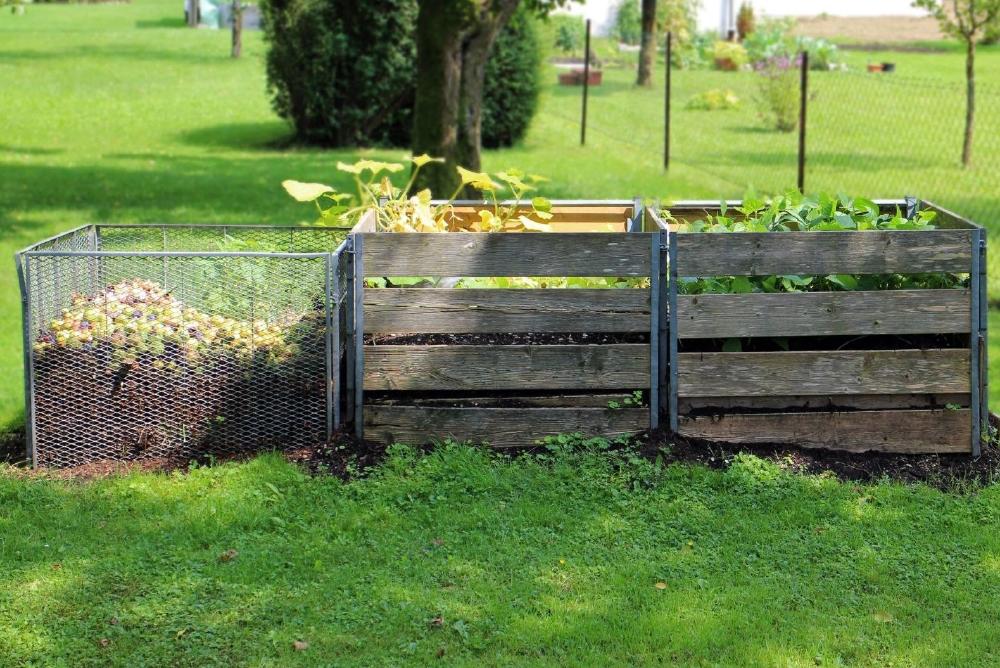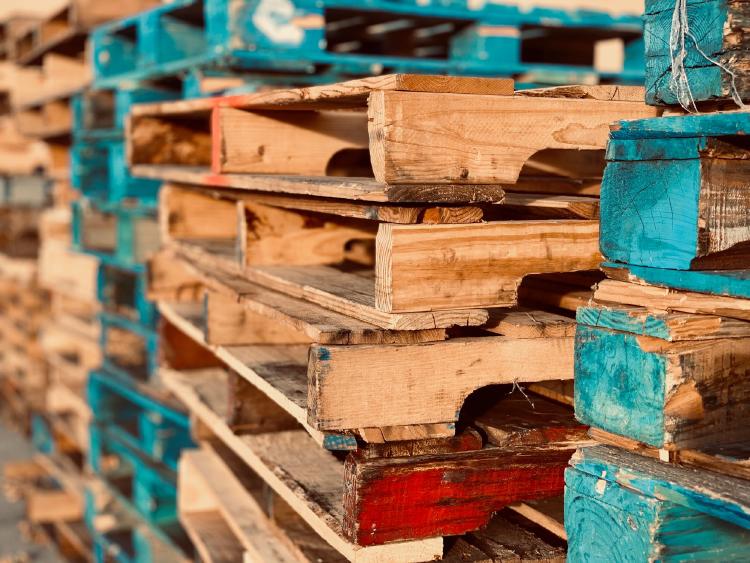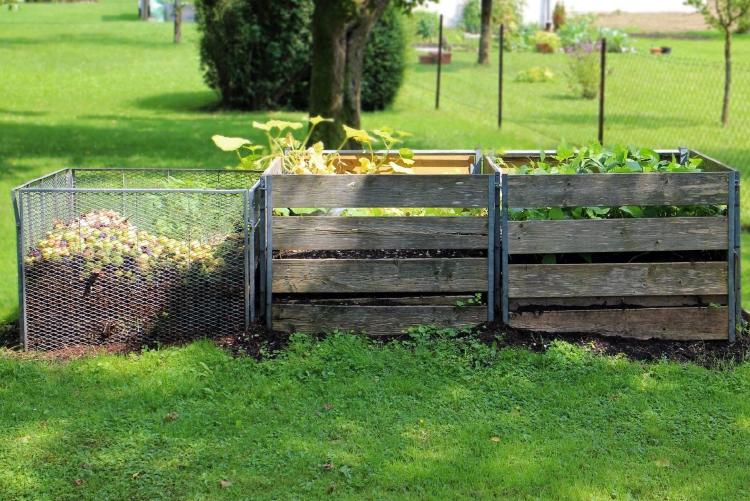
What was compost again? Oh, yeah, just one of the best ways to improve your garden’s soil while reducing your environmental impact! Compost is an organic product which results from the controlled decomposition of, mainly, organic material. Composting requires these three basic ingredients:
More info in our article: How to make a Compost Pile? All you need to know about it
Brown materials provide carbon for your compost. Green materials provide nitrogen, and water provides moisture to help break down the organic matter. Ideally, your compost pile should have an equal amount of browns to greens, while also alternating layers of organic materials of different-sized particles.
So as we now know the main benefits of using compost in our garden’s soil, it’s time to start thinking about how we can procure some of that of what is known as black gold. Should we go to the deep web? Is there some kind of compost dealer our cheeky friends can hook us up with? Maybe it’s somewhat of a trendy good, one of those you have to know how to ask for it?
In other words...
Yes, of course you can buy it bagged, but we are writing this article to, as the title says, encourage you to do it yourself! Regardless of the inspirational and romantic aspects of composting at home, there are some substantial benefits that composting at home with the organic scraps you generate prove to be the way to go! As for where to store it, there are some options available for you at your local market, but what if we tell you you can simply make your own compost bin from pallets, in 5 simple steps?

Pallets are sooo IN. The preferred eco-friendly furniture can also be used in any garden to create a compost bin from pallets. It’s main advantage is that it can be found pretty much anywhere, as it is a solid organic material that tends to be discarded after its first or second use. Beware, though, as not all pallets are suitable for your composting at home needs. You have to know how to choose...
A compost pile should be between 3 to 5 square feet, and when it comes to creating a compost bin from pallets, three are needed for a simple one-unit compost bin. Add a fourth if you want a fancy pallet door? Nice! But three pallets will suffice. More importantly you might want to add more bins as they can provide different and complementary functionalities:
You know the right amount and now, you have to know the right kind.
Here are some tips for you to be able to pick the right type of materials to create a compost bin from pallets that will last you for years to come:

Let’s get dirty and create your own compost bin from pallets!
While it’s tempting to just line up three pallets, maybe duct-tape them and upload a selfie with a THE PALLETS 4 THE PLANET caption, the smart way to first begin is to break down one of them into planks and pieces with an ordinary hammer…. as it is obvious you brought more than what you needed because, again, pallets are everywhere.
These pieces will be used to make a sturdier structure, by using them as corner braces and as front braces.
Yes. First step to create your compost bin from pallets is to break what you have... and step 2 is to get what you need. We are a sustainable site after all so the established order is something we like to constantly alter. So after you’ve done some good ol’ tearing stuff apart, here’s a list of things you need for your compost bin from pallets:
What are they feeding you, compost? It’s not your fault, as it is a smelly process. Avoid direct sunlight as it can cause fermentation and/or dryness, ruining the process and leaving you with the least smelly pile of stuff to dive into. Aaaalso avoid placing it too close to other flora such as trees as it might root into it, ruining the process, your effort, and your selfies.
Whichever way you may choose on of how you assemble your beautiful compost bin from pallets, some extra steps need to be done in order for the compost not to outgrow the pallet’s wall.
Enter the chicken wire.
Home made composting at home bins will last longer if they are lined up with wire. By using wire cutters and a staple gun (ok, sue us, we forgot to add them to the materials needed), we can attach the chicken wire to the inside of the bin’s pallets. Doing this we can ensure not only that our bin will be tidier but also that it will last longer structure-wise.
Time to put your compost bin from pallets together! Now, what you want to achieve in this structure is a strong base, for which you just want to stand two pallets up so that their longer side is their width, and then overlap them at one end using whichever of the recommended materials.
(Unfortunately natural fibers such as garden string will break down easily over time so in this case it is better to just go with a good ol’ fashioned synthetic material such as chicken wire.)
We do recommend reinforcing your bin’s structure for it to last longer and the way to do that is to structure a strong base, for which we recommend using 2’’ screws at the joints and then cutting some of the removed boards to make corner braces with 8’’ lengths of slat. What you wanna do is to put the small pieces of wood slat on the top of each corner, and screw-attach it to each pallet.
Regardless of our recommendation you can assemble your bin in whichever way you want while only taking in consideration the utmost rule: it has to be a three walled bin.

While it may seem simple to just align three pallets, stick them together with whatever you have handy, and the just hope for the best while you go on to your next DIY project, it’s important that you don’t miss the basics of any DIY project:
It can all fall apart fairly easily
Especially in terms of compost bin from pallets whereas you are not quite sure on whether your procedure is right, nor if the instructions are wrong..
Luckily, do remember we have a community of well intentioned users which can help you with our specificities in order for you to be able to assemble… maybe not the best, but at least the most functional mind-blowing family-conversational topic in any thanks-giving and most importantly an environment-friendly compost bin(s) for you garden to thrive and your neighbor to behold!
It is important for us to be able to teach you how to make your own compost bin from pallets, but what is more important is to hear more from you! Are there some do or don'ts we did not take into consideration? Is there any specificity this article did not take into consideration? Do you have any whatsoever kind of doubt that wasn’t covered in this article?
Well... that’s where DIY comes to play!
What would you like to know next about sustainability?
Is there something we missed from our guide?
Can you help us on how to impress our relatives better?
How can we improve for our next article to be more.. Articulated to your needs!
What do you think of this article? Leave us a comment so we can get right back at it and start working in our next groundbreaking maybe-pallet-related piece of information!